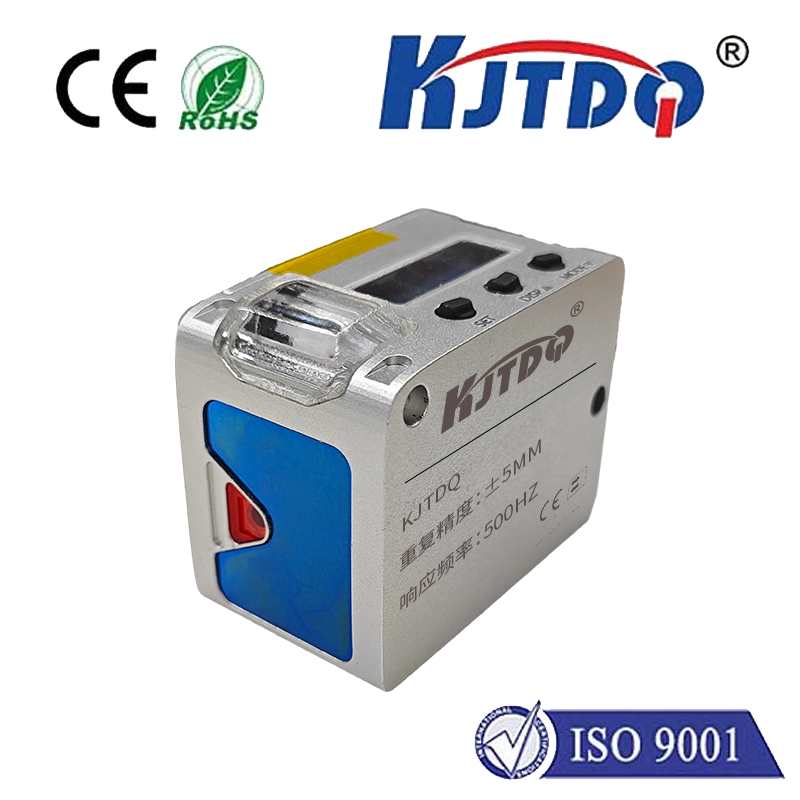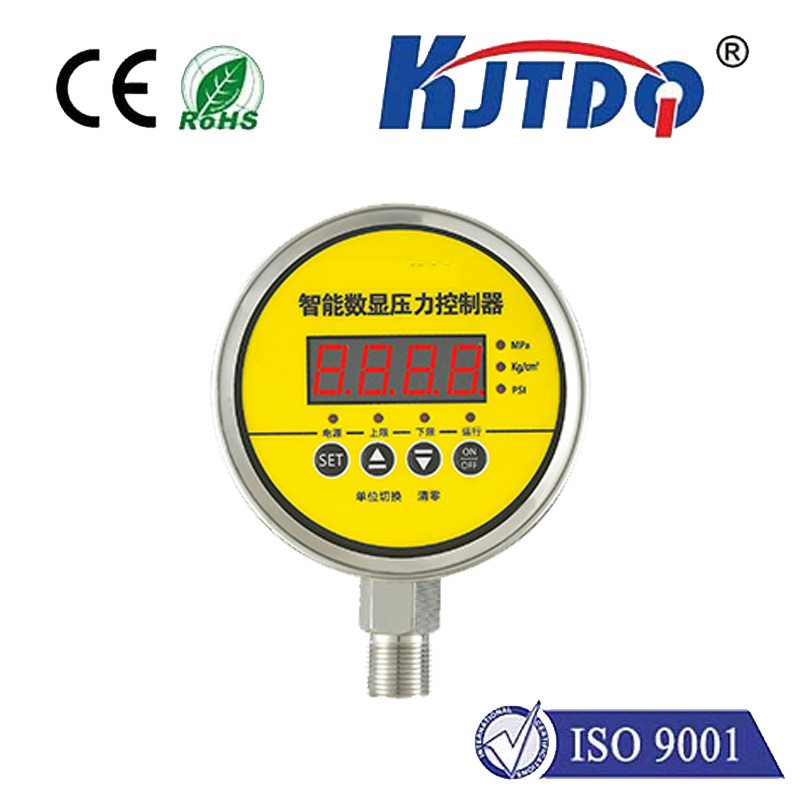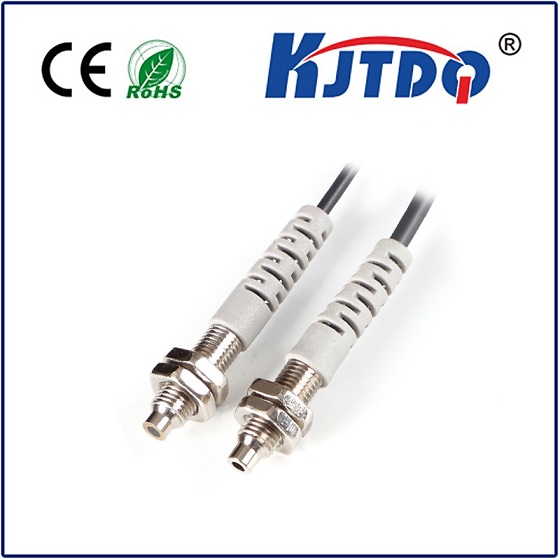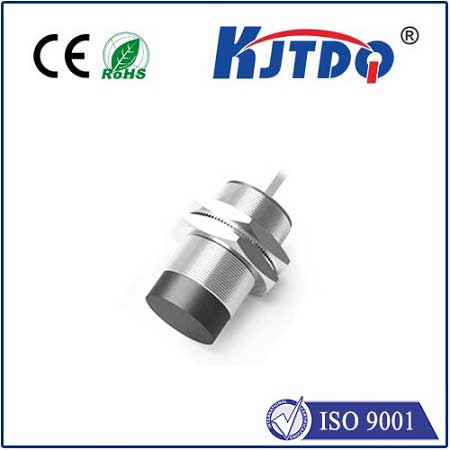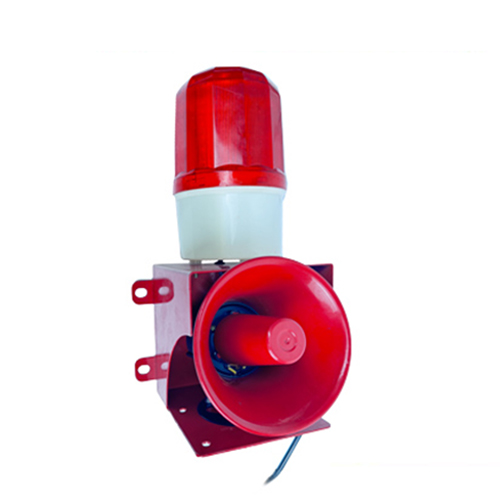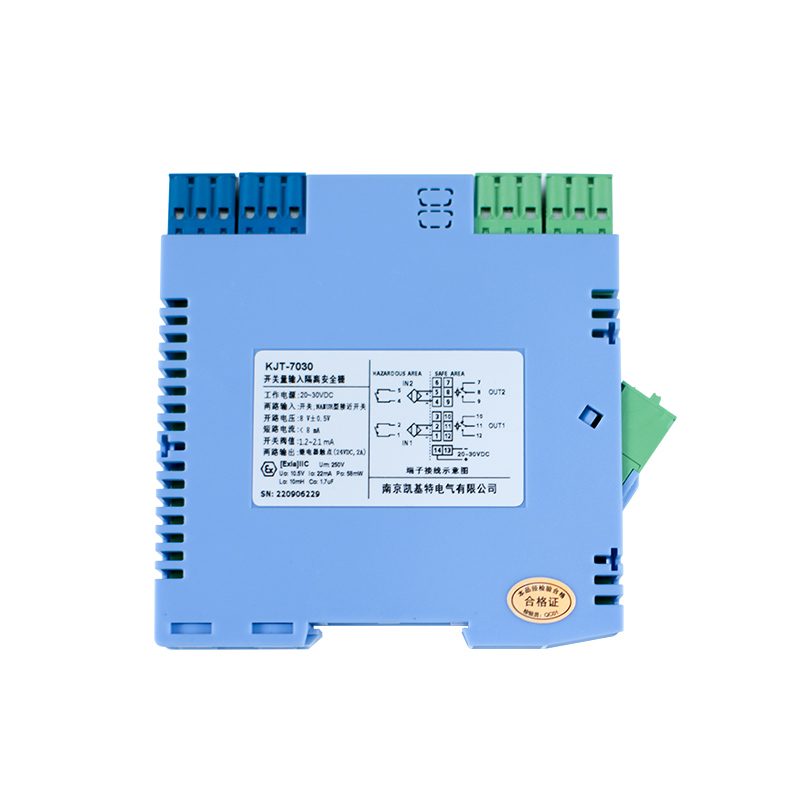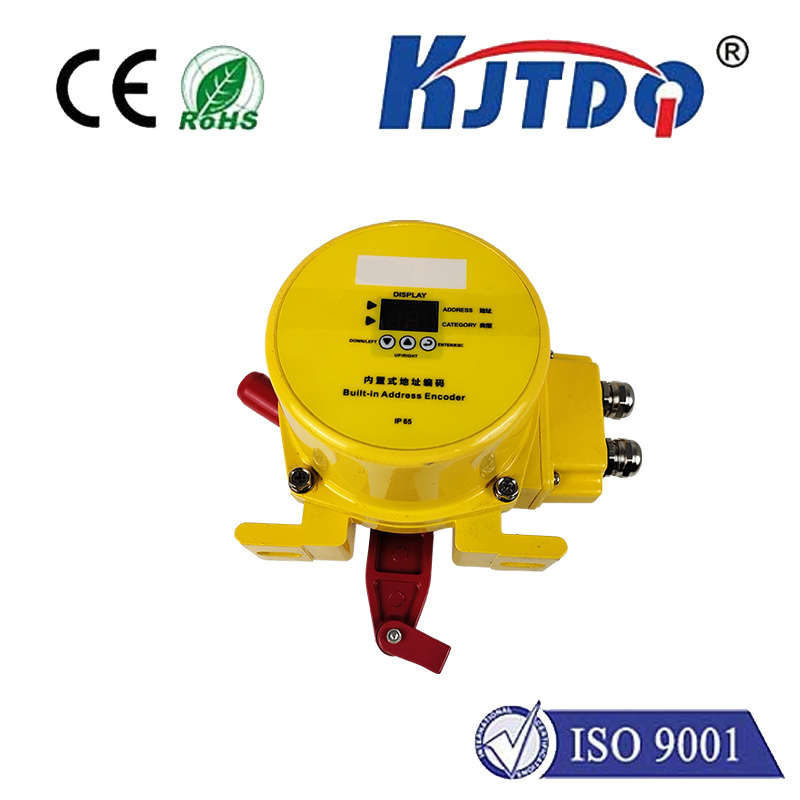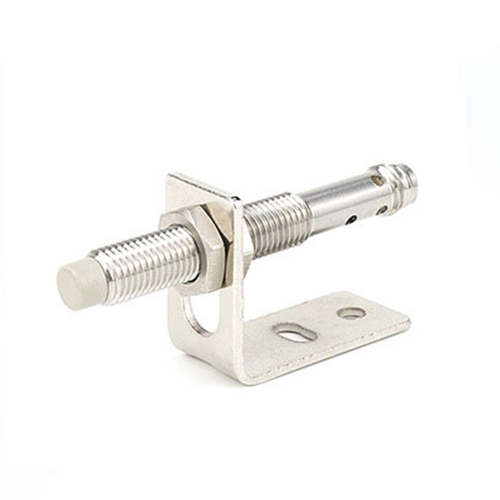

check

check

check

check

check

check

check

check

check

check
Introduction:
In today's fast-paced industrial environment, ensuring maximum efficiency and safety is crucial for businesses to stay competitive. The development of advanced sensors is playing a pivotal role in transforming various industries, with the high-speed inductive proximity sensor being at the forefront of this technological revolution. This article explores the potential benefits and applications of these innovative sensors, which are changing the landscape of industrial automation.
Section 1: High-Speed Sensors: Unparalleled Performance
High-speed inductive proximity sensors offer superior performance compared to traditional proximity sensors. They operate at high speeds, typically ranging from several hundred to several thousand times per second, enabling real-time monitoring and control of industrial processes. This increased speed allows for more precise and responsive sensor readings, reducing the risk of errors and improving overall system efficiency. Additionally, these sensors can handle higher levels of noise pollution, making them suitable for use in noisy environments where conventional sensors might struggle.
Section 2: Enhanced Safety and Accuracy
One of the key advantages of high-speed inductive proximity sensors is their ability to provide accurate and reliable sensing data. These sensors use sophisticated algorithms to analyze signals from multiple sensors simultaneously, resulting in more robust and accurate readings. This improved accuracy helps prevent accidents and ensures that machines operate within safe operating parameters. Moreover, these sensors can detect and alert operators to potential hazards in real-time, enabling timely intervention to mitigate risks.
Section 3: Integration with Industrial Automation Systems
High-speed inductive proximity sensors can be easily integrated into existing industrial automation systems. By leveraging advanced communication protocols such as Bluetooth or Wi-Fi, these sensors can be seamlessly integrated with other devices and systems in the production process. This integration enables greater flexibility and scalability, allowing manufacturers to adapt their processes to changing market demands quickly. Additionally, these sensors can communicate with cloud-based software platforms, providing operators with real-time insights and enabling predictive maintenance.
Section 4: Applications in Various Industries
High-speed inductive proximity sensors have numerous applications across various industries, including manufacturing, packaging, material handling, and robotics. For example, in manufacturing processes, these sensors can be used to monitor machine performance, detect defects, and ensure compliance with quality standards. In material handling operations, they can be employed to track inventory levels, prevent collisions, and optimize transport routes. In robotics applications, these sensors enable robots to interact safely with humans and other objects in complex environments.
Conclusion:
The advent of high-speed inductive proximity sensors marks a significant breakthrough in the field of industrial automation technology. With their unparalleled performance, enhanced safety features, and wide range of applications, these sensors are set to revolutionize the way industries operate. As manufacturers continue to seek ways to increase efficiency, reduce costs, and improve safety, high-speed inductive proximity sensors will play an increasingly crucial role in achieving这些 goals. It is clear that these innovations will shape the future of industrial automation for years to come.
